Tires can leak up to one pound per square inch (PSI) per month. Tire pressure also responds to changes in temperature. In warm weather, air molecules expand and increase the tire pressure. In cold weather, the opposite happens.
Since tire pressure can change quickly,
All drivers should know how to check their tires’ pressure.
The instructions below will show you,
”How to test the health of tire air pressure.”
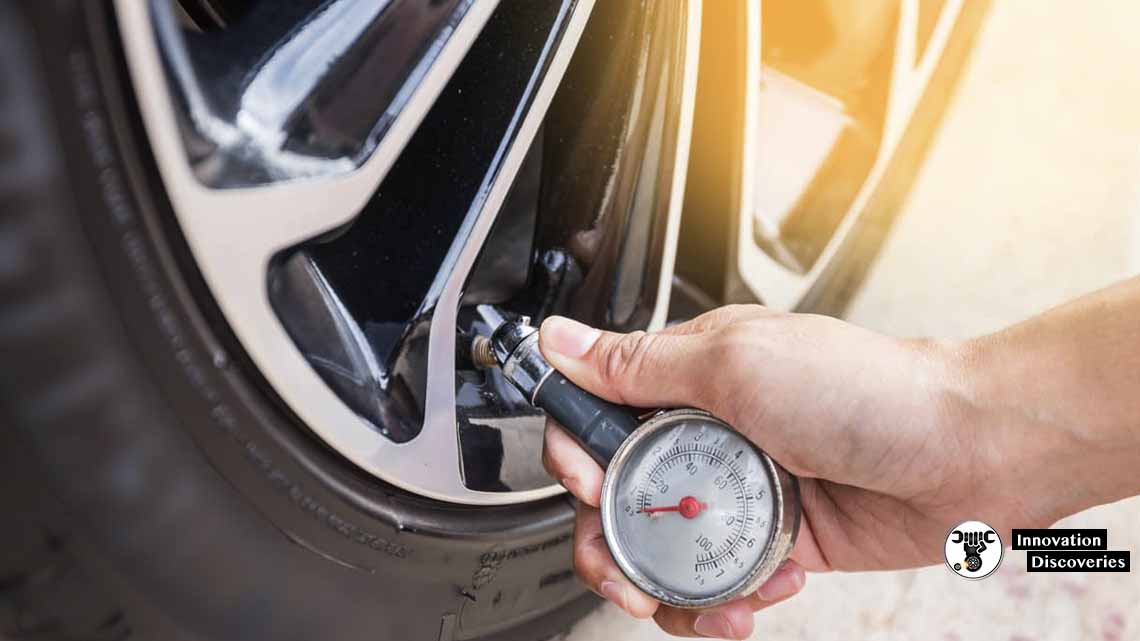
1. GET A RELIABLE TIRE PRESSURE GAUGE
You can buy analog and digital tire pressure gauges. Either type can give you accurate pressure readings. You should, however, compare product reviews before you spend money on a tire pressure gauge. You will likely find that some work better than others.
Many experts prefer analog tire pressure gauges,
Because the batteries in digital models can die,
Leaving you without a way to check your tire pressure.
Once you buy a reliable, accurate tire pressure gauge,
Put it in your glove box or another secure place in your vehicle.
2. KNOW YOUR CAR’S RECOMMENDED PSI.
Most tires have recommended pressures between 30 and 35 PSI.
Don’t assume that your vehicle fits into that range, though.
Your car’s owner’s manual should have a tire air pressure chart
That includes the manufacturer’s recommended PSI.
If your owner’s manual doesn’t list a tire air pressure chart,
Contact your local dealership for the information.
Low tire pressure can decrease your vehicle’s fuel efficiency and
Put a lot of wear and tear on your tires. High air pressure can make decrease traction, making sudden stops difficult.
3. USE YOUR GAUGE TO MEASURE EACH TIRE’S PRESSURE.
Now that you know your manufacturer’s recommended tire pressure,
You can check each tire with your pressure gauge.
It’s best to measure the pressure of “cold tires” that haven’t been driven in several hours. The heat created by contact with the road can
Artificially increase your tire’s air pressure.
Cold tires should give you a more accurate reading.
Unscrew and remove each tire’s cap. Connect the tire pressure gauge to each tire and note the reading. If it falls within the manufacturer’s recommended pressure,
Then you don’t have anything to worry about.
4. ADD AIR TO TIRES WITH LOW PRESSURE.
If your tires have low air pressure, then you will need to add compressed air to the tires. You can purchase an air compressor to use at home. Alternatively, you can use the air compressors at filling stations.
Using an air compressor from a filling station usually costs less than a dollar.
Once you reach the recommended pressure,
Your car because safer, more fuel-efficient, and pleasant to drive.
See More:
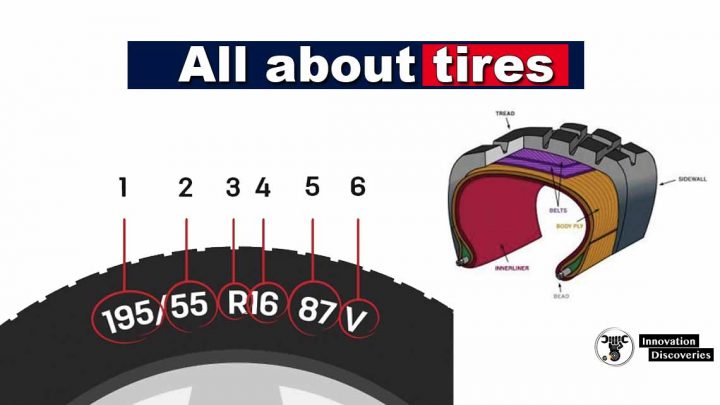
READ: Learn How to Read Your Tire Sidewall
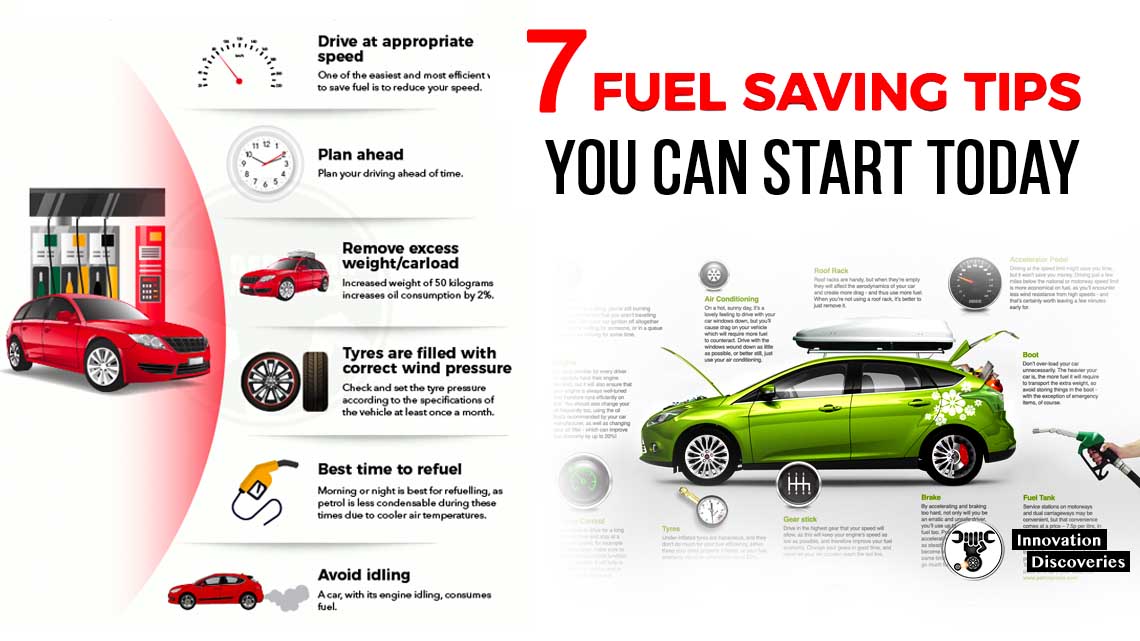
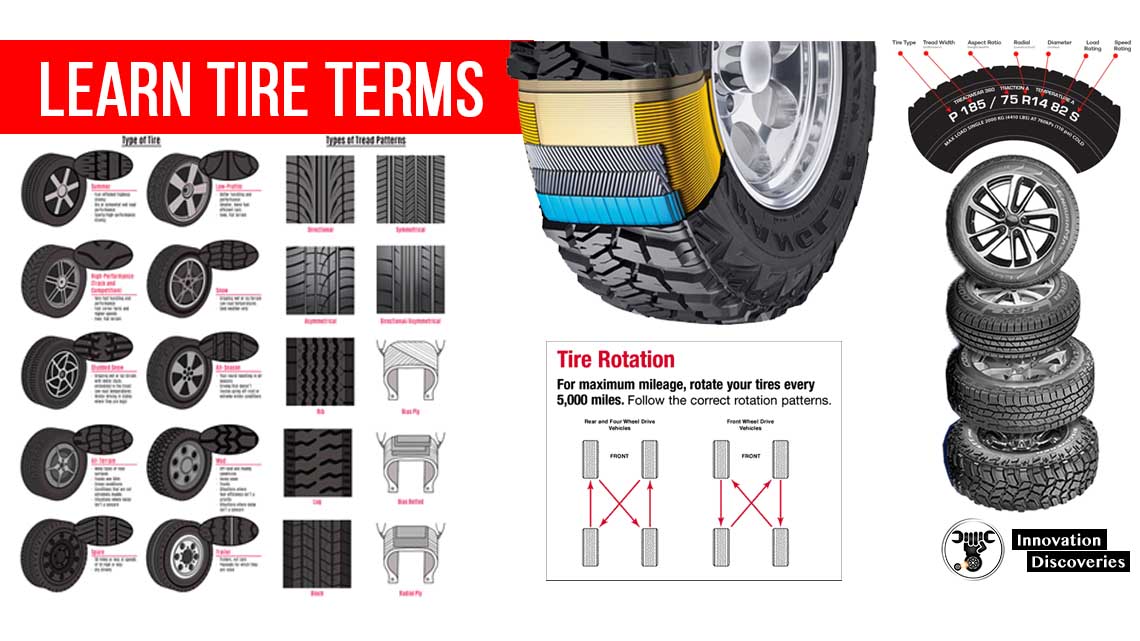
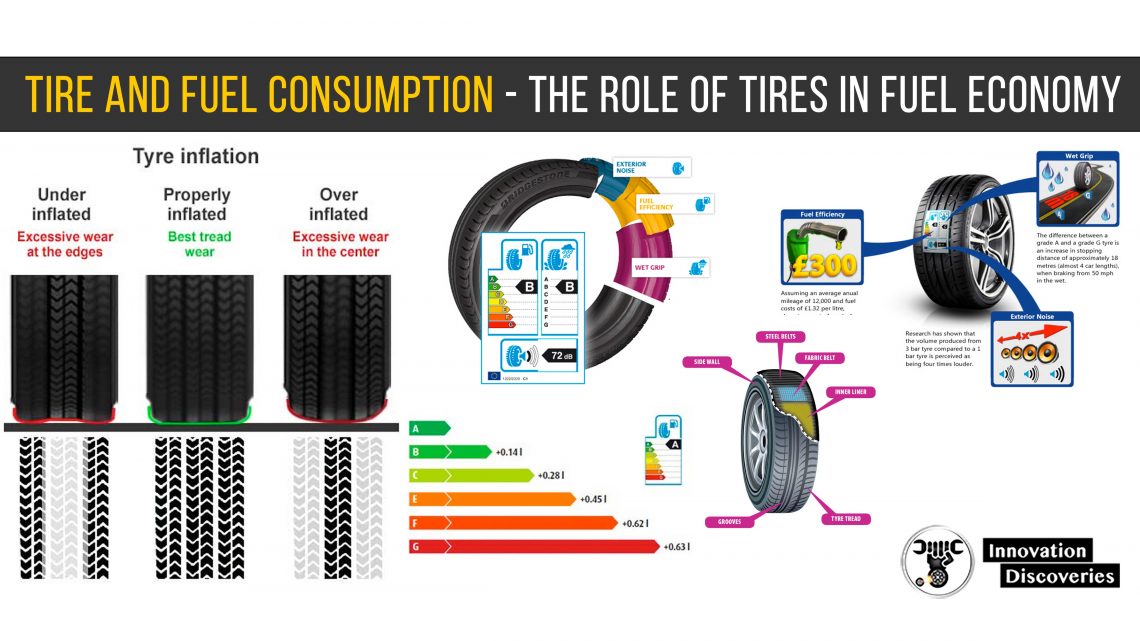
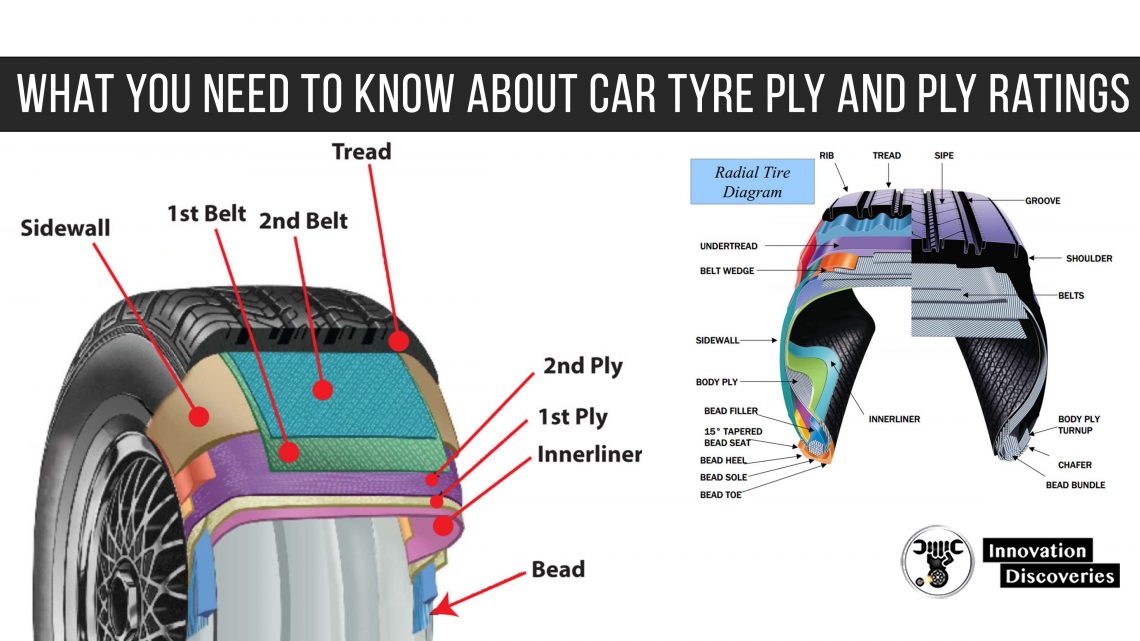
Visit Forum
Visit Our Friendly Website


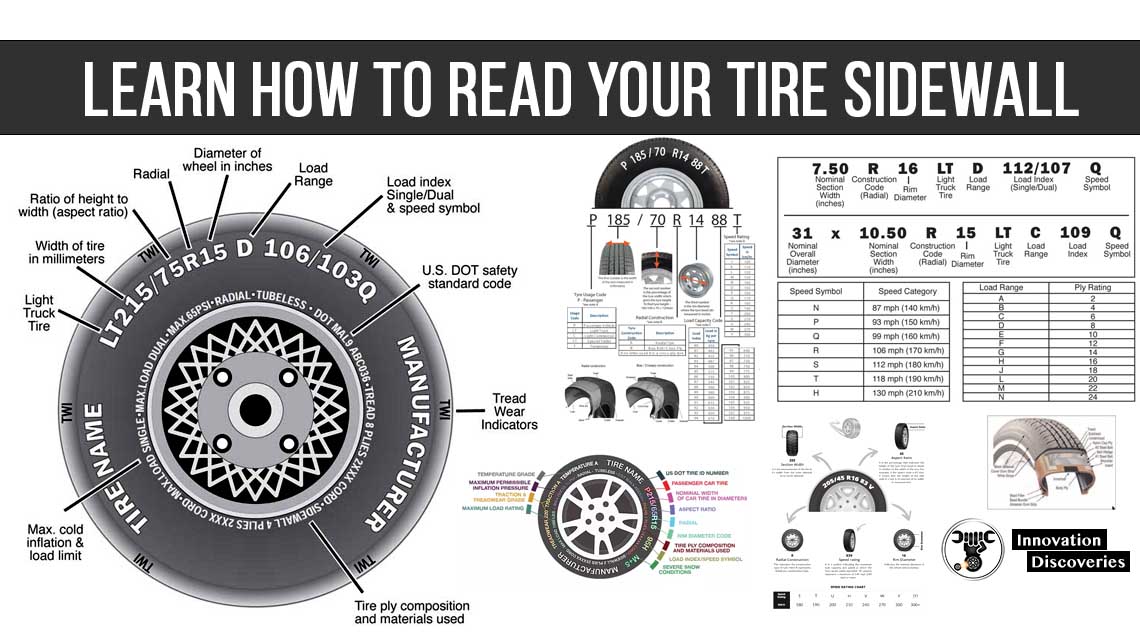

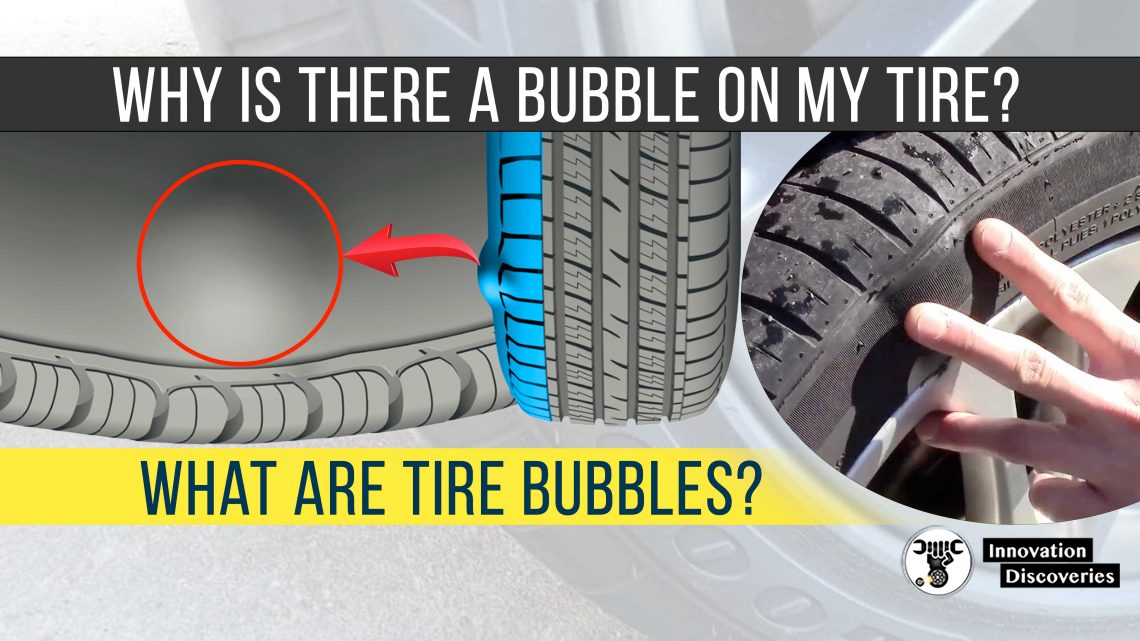

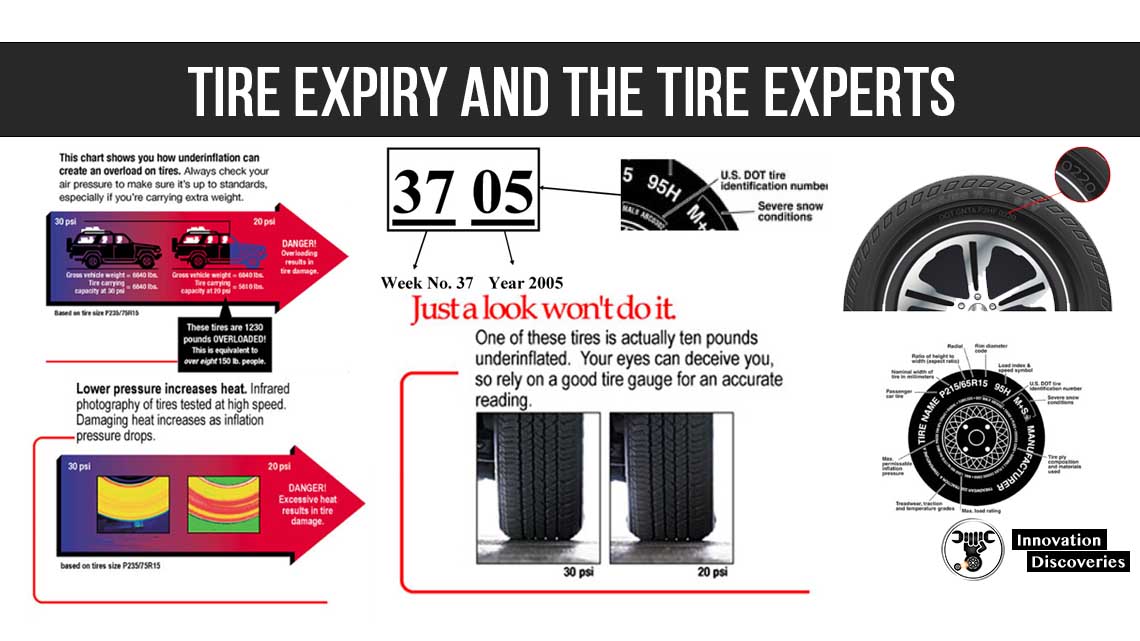


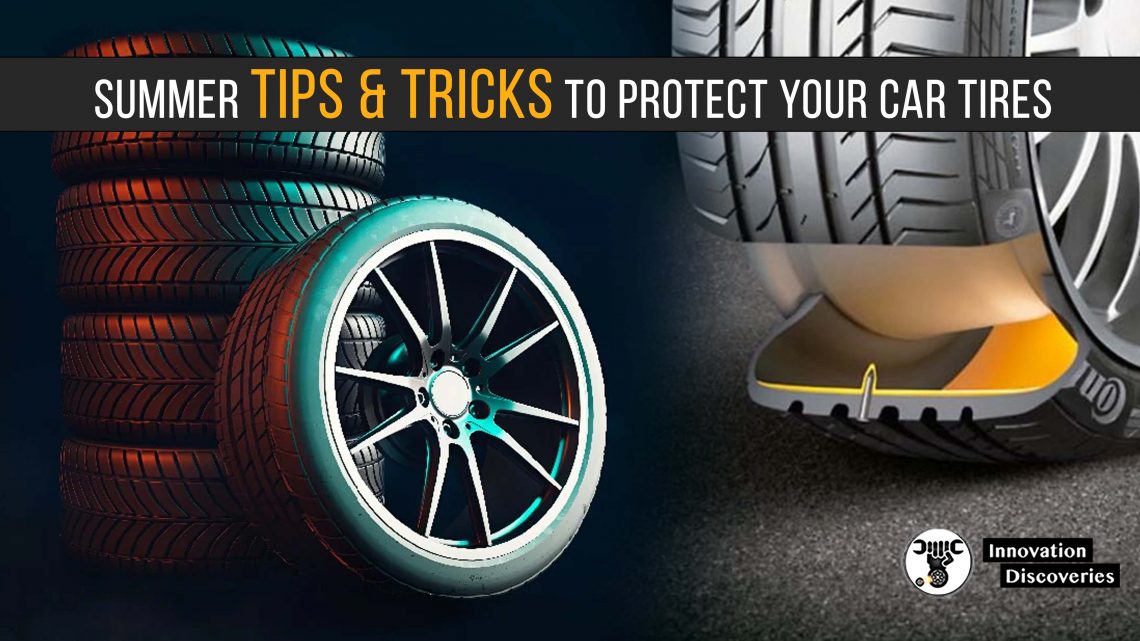
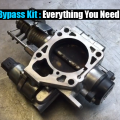
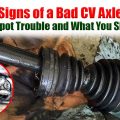
One Comment